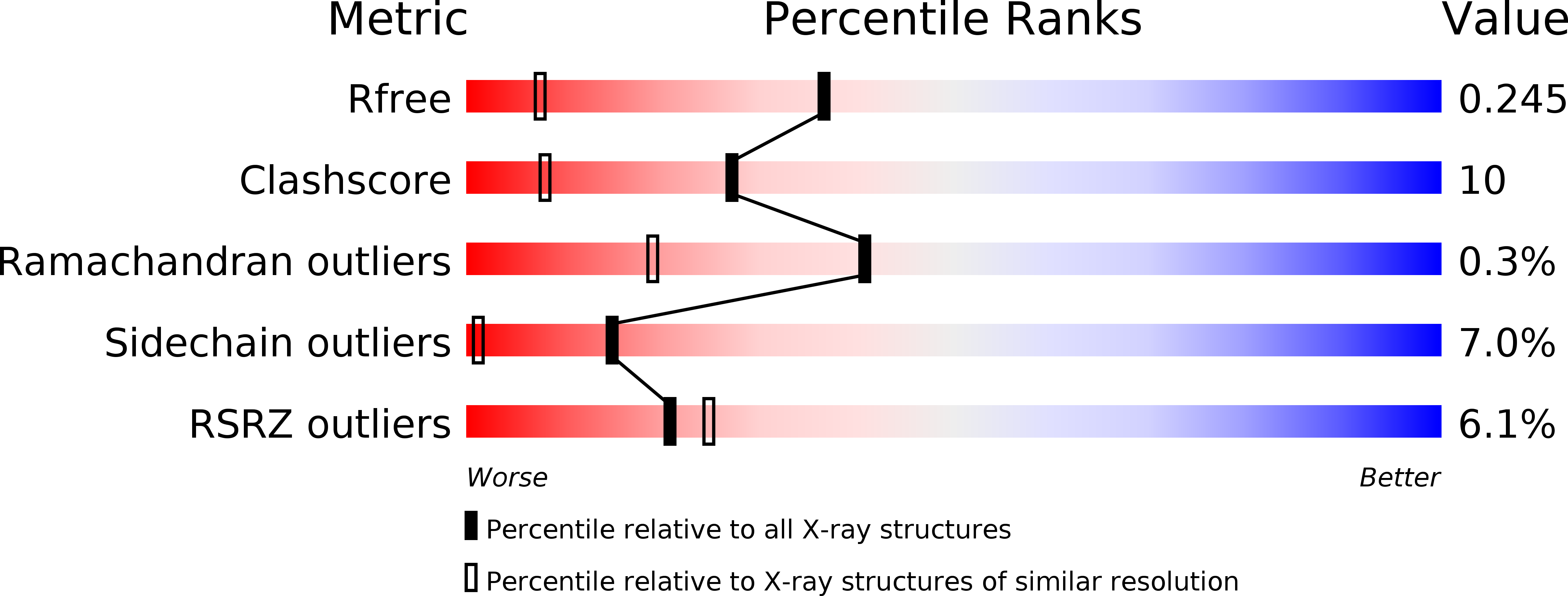
Deposition Date
2000-02-16
Release Date
2001-02-16
Last Version Date
2024-02-07
Entry Detail
PDB ID:
1EGU
Keywords:
Title:
CRYSTAL STRUCTURE OF STREPTOCOCCUS PNEUMONIAE HYALURONATE LYASE AT 1.56 A RESOLUTION
Biological Source:
Source Organism:
Streptococcus pneumoniae (Taxon ID: 1313)
Host Organism:
Method Details:
Experimental Method:
Resolution:
1.56 Å
R-Value Free:
0.23
R-Value Work:
0.20
Space Group:
P 21 21 21


